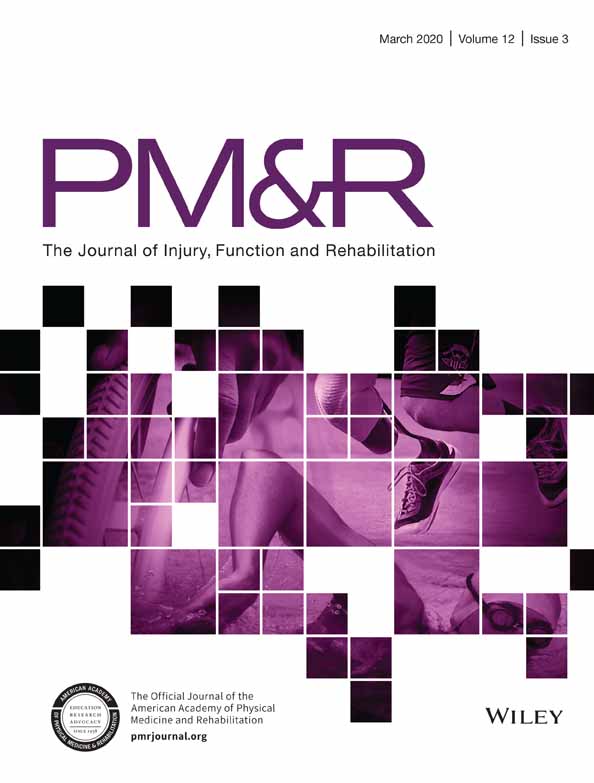Phenol Neurolysis for Management of Focal Spasticity in the Distal Upper Extremity
Abstract
Background
When managing patients with focal spasticity, phenol neurolysis is often avoided largely because of its presumed poor adverse effect profile. It is suggested that dysesthesias may be more common with phenol neurolysis of the mixed sensorimotor nerves (eg, radial, median, and ulnar nerves) compared to neurolysis of pure motor nerves. However, these risks may be mitigated with precise localization of pure motor branches by ultrasound and electrical stimulation (EStim).
Objective
To explore practice patterns of phenol neurolysis to distal upper extremity mixed sensorimotor nerves with ultrasound and EStim guidance.
Design
A retrospective analysis of all neurolysis procedure records at a single institution from January 2013 to February 2018. Demographic and clinical variables including primary neurological diagnosis, concurrent spasticity treatments, nerves injected, phenol dosage and adverse events were abstracted from the electronic medical records.
Participants
57 patients who received phenol neurolysis with ultrasound and EStim guidance for spasticity management to radial, median, or ulnar nerves.
Main Outcome Measures
Reported adverse effects.
Results
A total of 57 patients who collectively received neurolysis to 139 nerves across 102 encounters, met inclusion criteria. Most prevalent diagnoses included traumatic brain injury (N = 27, 47.4%) and stroke (N = 18, 31.6%), with a smaller subset having spinal cord injury (N = 10, 17.5%). Most patients received concomitant chemodenervation with botulinum toxin (N = 44, 77.2%). The average phenol dosage per nerve was 1.8 mL, with a range of 0.5-9.0 mL. Reported adverse effects included three cases of prolonged pain, but no dysesthesias were reported during the follow-up period (>40 days).
Conclusions
Phenol neurolysis with ultrasound and EStim guidance was successfully and safely used to manage focal spasticity in the distal upper extremity.
Level of Evidence
III.




